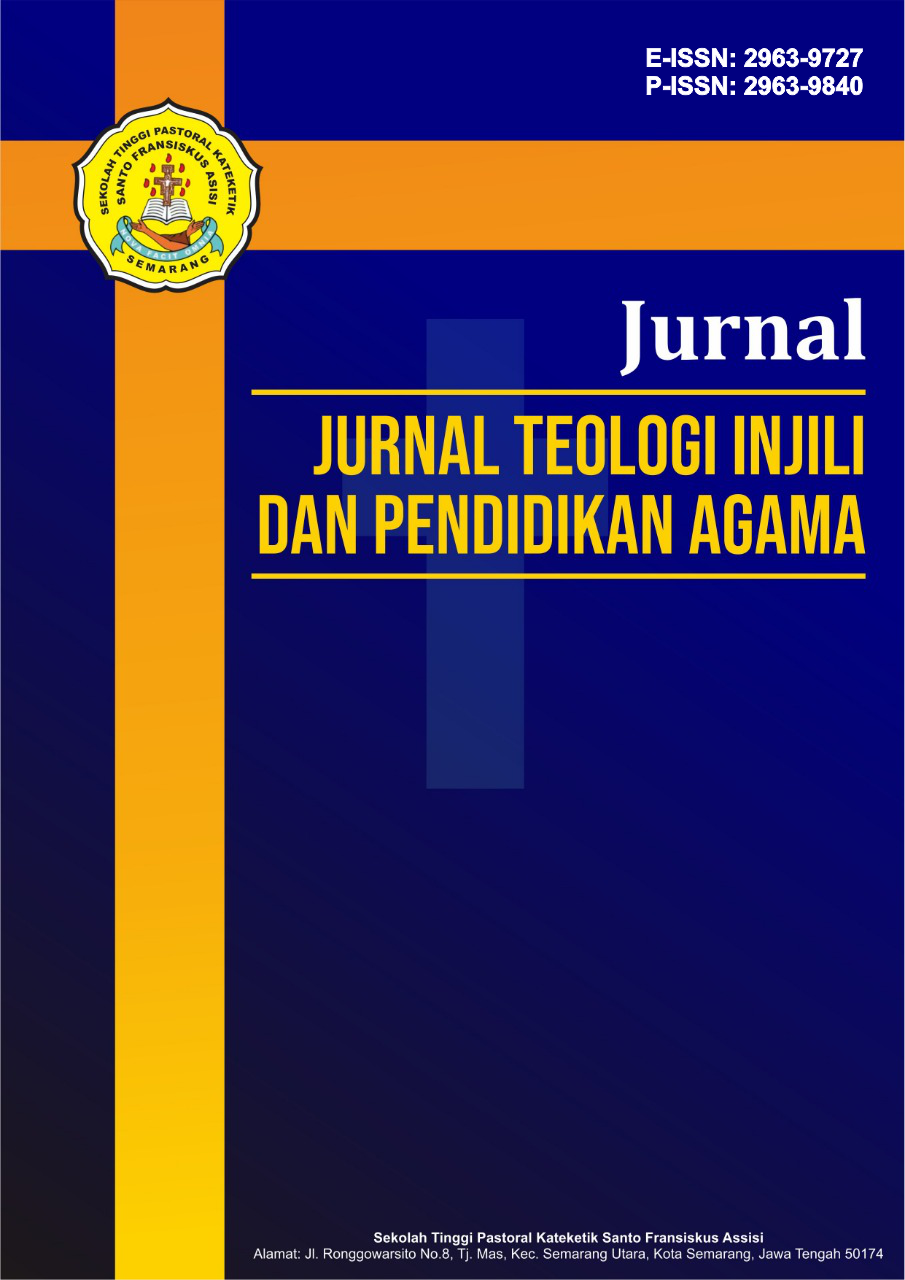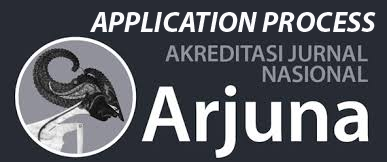Model Kepemimpinan Digital untuk Multipikasi Pemimpin Muda
DOI:
https://doi.org/10.55606/jutipa.v3i2.527Keywords:
Multiplication of young leaders, Digital Leadership, Young GenerationAbstract
The challenges of leaders continue to grow with the presence of digital technology in the development of the era of technological transformation, in addition to being a digital challenge, this also becomes a new opportunity for leaders. Digital transformation plays an important role in realizing leadership. A leader can be called a digital leader if a leader is able to lead and utilize technology. The purpose of this study is to show the best digital leadership model in realizing leadership multiplication in the younger generation. Qualitative research methods with a literature study approach are used in this study. The results of the study show that the role of digital transformation plays a very important role in building the multiplication of young leaders. Information technology can be utilized as a work process in all sectors, especially the religious sector. In addition, leaders will find it easier to make decisions on the use of data.
References
Baenanda, L. (2019). Sejarah dan perkembangan revolusi industri. BINUS Higher Education. https://binus.ac.id/binus-digital/2019/05/02/sejarah-dan-perkembangan-revolusi-industri/
Baker, M. (2014). Peer-to-peer leadership: Why the network is the leader. Berrett-Koehler Publishers.
Blanchard, K., & Hodges, P. (2016). Lead like Jesus revisited: Lessons from the greatest leadership role model of all time. Thomas Nelson.
Brett, J. (2018). Evolving digital leadership: How to be a digital leader in tomorrow’s disruptive world. Apress.
Generation Z Infographic. (2023). mccrindle. https://mccrindle.com.au/resource/infographic/generation-z-infographic/
Hambrick, D. C., & Mason, P. A. (1984). Upper echelons: The organization as a reflection of its top managers. The Academy of Management Review, 9(2), 193–206. https://doi.org/10.2307/258434
Hill, L. A., Menon, S., Tedards, E., & Azpúrua, A. E. (2022). Curiosity, not coding: 6 skills leaders need in the digital age | Working knowledge. Baker Library. https://www.library.hbs.edu/working-knowledge/six-unexpected-traits-leaders-need-in-the-digital-era
Hutahaean, S. W. (n.d.). Kepemimpinan masa kini. Malang: Ahlimedia Press.
Kotarba, M. (2018). Digital transformation of business models. Foundations of Management, 10(1), 123–142. https://doi.org/10.2478/fman-2018-0011
Kouzes, J. M., & Posner, B. Z. (2017). The leadership challenge: How to make extraordinary things happen in organizations (6th ed.). Wiley.
Lucia, M. R., & Creţu, A. (2019). Leadership in the digital era. Valahian Journal of Economic Studies, 10(1), 65–72. https://doi.org/10.2478/vjes-2019-0006
Parmelee, M. (2023). Making waves: How Gen Zs and millennials are prioritizing—and driving—change in the workplace. Deloitte Insights. https://www2.deloitte.com/us/en/insights/topics/talent/recruiting-gen-z-and-millennials.html
Rochmansjah, H., & Karno, K. (2020). The digitalization of public service assurance. Mimbar, 36(1), 43–52. https://doi.org/10.29313/mimbar.v36i1
Sağbaş, M., & Erdoğan, F. A. (2022). Digital leadership: A systematic conceptual literature review. (3), 17–35. https://www.researchgate.net/profile/Fahri-Erdogan2/publication/358729671_DIGITAL_LEADERSHIP_A_SYSTEMATIC_CONCEPTUAL_LITERATUR
Sheninger, E. C. (2019). Digital leadership: Changing paradigms for changing times. SAGE Publications.
Tan Seow How, C. C. (2021). GenerationS Volume 1: How to grow your church younger and stronger. The story of the kids who built a world-class church. Generations Pte Ltd.
Tangi, L., Janssen, M., Benedetti, M., & Noci, G. (2021). Digital government transformation: A structural equation modelling analysis of driving and impeding factors. International Journal of Information Management, 60, 102356. https://doi.org/10.1016/j.ijinfomgt.2021.102356
Tulgan, B. (2015). Bridging the soft skills gap: How to teach the missing basics to today’s young talent. Wiley.
Tulungen, E. E. W., & Saerang, D. P. E. (2022). Transformasi digital: Peran kepemimpinan digital. Jurnal EMBA: Jurnal Riset Ekonomi Manajemen Bisnis dan Akuntansi, 10(2). https://doi.org/10.35794/emba.v10i2.41399
Uğural, M. N., Giritli, H., & Urbański, M. (2020). Determinants of the turnover intention of construction professionals: A mediation analysis. Sustainability, 12(3). https://doi.org/10.3390/su12030954
Utama, A. K. P., Katarso, D., & Saptorini, S. (2022). Media digital dalam pemuridan generasi muda Kristen di era industri 4.0. MAGNUM OPUS: Jurnal Teologi dan Kepemimpinan Kristen, 3(2), 55–69. https://doi.org/10.52220/magnum.v3i2.143
Westerman, G., Bonnet, D., & McAfee, A. (2014). The nine elements of digital transformation. MIT Sloan Management Review, 55(3), 1–6.
Wiseman, L. (2017). Multipliers, revised and updated: How the best leaders make everyone smarter. HarperCollins.
Zhu, P. (2015). Digital master: Debunk the myths of enterprise digital maturity. Lulu Publishing Services.
Downloads
Published
How to Cite
Issue
Section
License
Copyright (c) 2025 Jurnal Teologi Injili dan Pendidikan Agama

This work is licensed under a Creative Commons Attribution-ShareAlike 4.0 International License.










